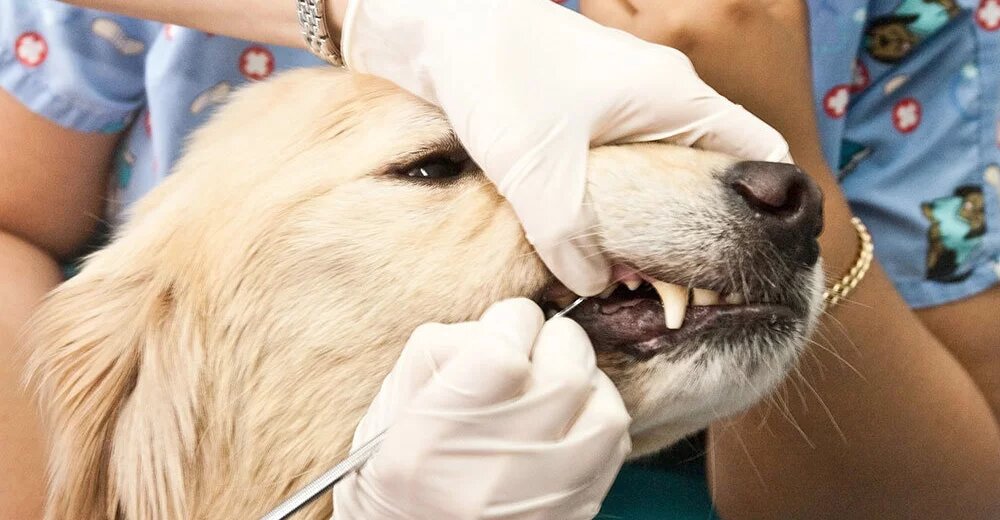If your dogs are blissfully waking you up with their enthusiasm to play and bad breath, there’s a solution to at least one of those problems.
Just like humans, dogs can get bad breath from untended doggy dental hygiene. Odor-producing bacteria can develop in your dog’s mouth and cause a foul odor. Bad breath is also a sign of a medical issue.
Your dog may be reluctant when you first try brushing their teeth, but you can slowly acclimate them to the process. You can either use a doggy toothbrush, or you can even wrap your finger in a scrap of cloth dampened with water. Plus, there are all kinds of appetizing dog flavors for toothpaste.
Reading Suggestion: Happy Dog Dog Food Review
Look into getting your dog dental-enhancing treats. Dental dog treats should be a supplement and not the only source of canine dental care. Your dogs will love this aspect of the dental care plan.
Address your dog’s oral health during your dog’s annual wellness exam. Your vet can tell you if you should schedule an annual professional cleaning to prevent decay and other health issues.
Make time to brush your dog’s teeth daily. Using toothpaste is not critical. It’s more important to brush effectively and frequently because it’s the scrubbing action of brushing that removes plaque. However, if you do decide to use toothpaste, use one that is canine-approved.
Toothpaste made for humans can cause an upset GI. By making an online telehealth appointment with Vetter, the veterinarian can walk you through the process of keeping your dog’s oral hygiene healthy and reducing gum infections.
What Happens to Your Dog’s Health When Their Teeth Are Neglected
Dogs can live a long, healthy life with proper care and regular in-person checkups. If ever you have a question regarding your dog’s health, activities, behavior or diet, you can consult an online telehealth veterinarian for any reason.
Brushing your dog’s teeth once a month won’t cut it. You have to proactively get in the routine of brushing your dog’s teeth every day.
Dog Teeth Brushing Tips
Here are some tips for brushing your dog’s teeth:
- If using, allow your dog to smell the toothpaste on the toothbrush before you begin.
- Brushing effectively and frequently will remove plaque.
- Hold the brush at a 45-degree angle below the gumline.
- Move the brush back and forth, starting from the back.
- Focus on brushing the easy-to-reach surfaces on the upper teeth, especially towards the back.
- Aim to brush for a minimum of two minutes if it’s a bigger dog. Smaller dogs need less time.
Reading Suggestions: Dog Write For Us
Health Issues for Neglecting Dental Care
If you neglect dental healthcare for your dog, it can lead to health issues, including:
- Shortened life expectancy
- Gum disease
- Dental calculus
- Dental decay
- Bone loss
- Tooth loss
- Heart disease
- Kidney disease
- Other chronic infections
- Dementia
As your dog’s teeth deteriorate, your dog’s reluctance to eat can lead to significant weight loss. One health issue can bring on another.
Gums issues
Plaque buildup causes inflammation of the gums, which is called gingivitis. Once the gums are inflamed and gingivitis sets in, they tend to bleed. This allows an easy route for the bacteria found in plaque to enter the bloodstream. If oral bacteria enter the bloodstream, they can cause kidney disease and heart disease. The resulting damage to any organ where they spread can significantly impact your dog’s health and life expectancy.
Your dog’s health is in your hands. Getting ahead of problems and proactively developing healthy and consistent dental care at a young age can give your dog the gift of a healthy, happy and quality life.









